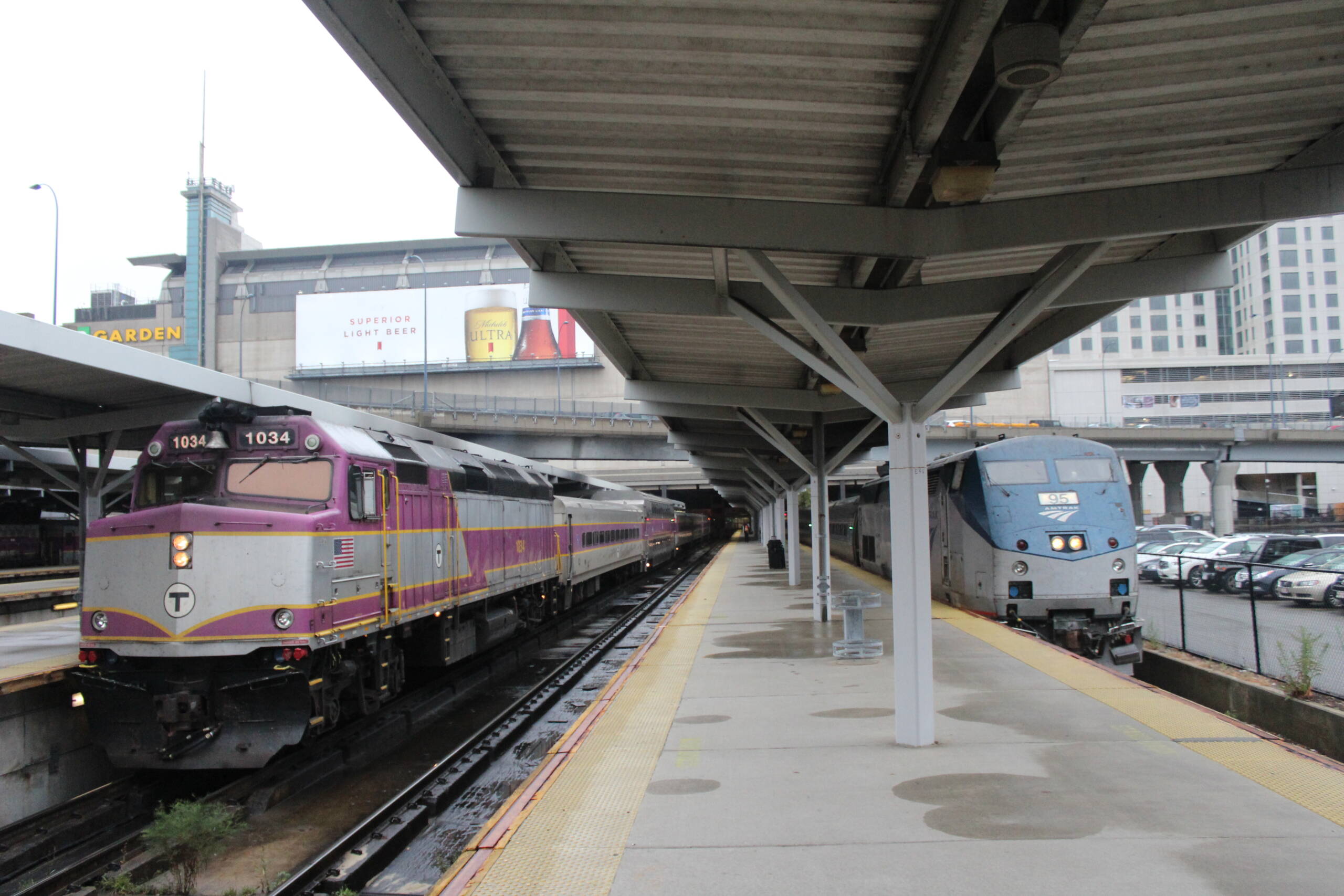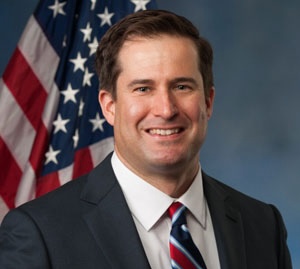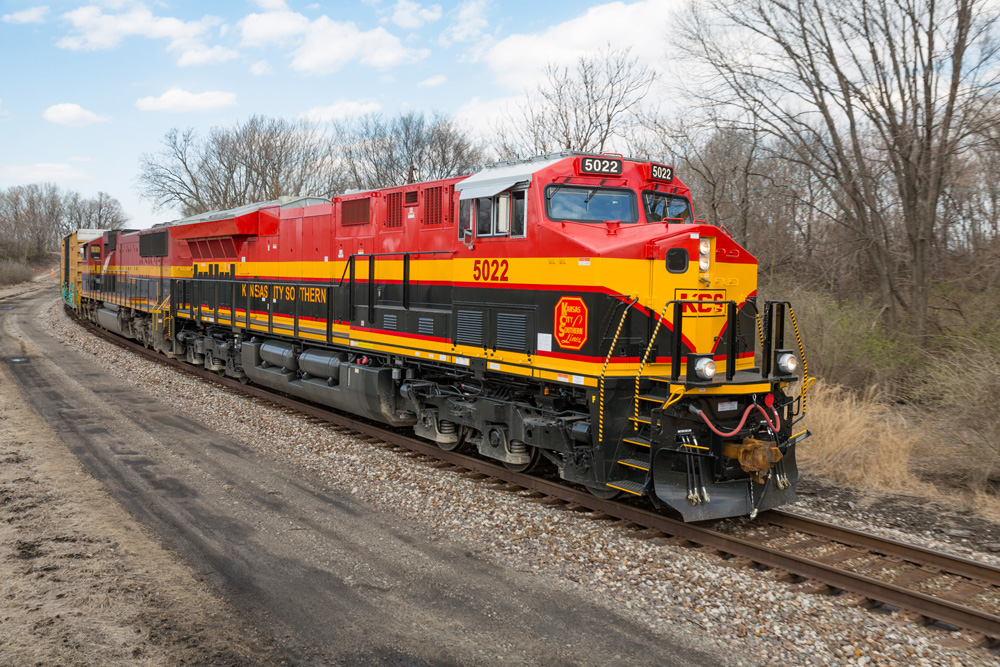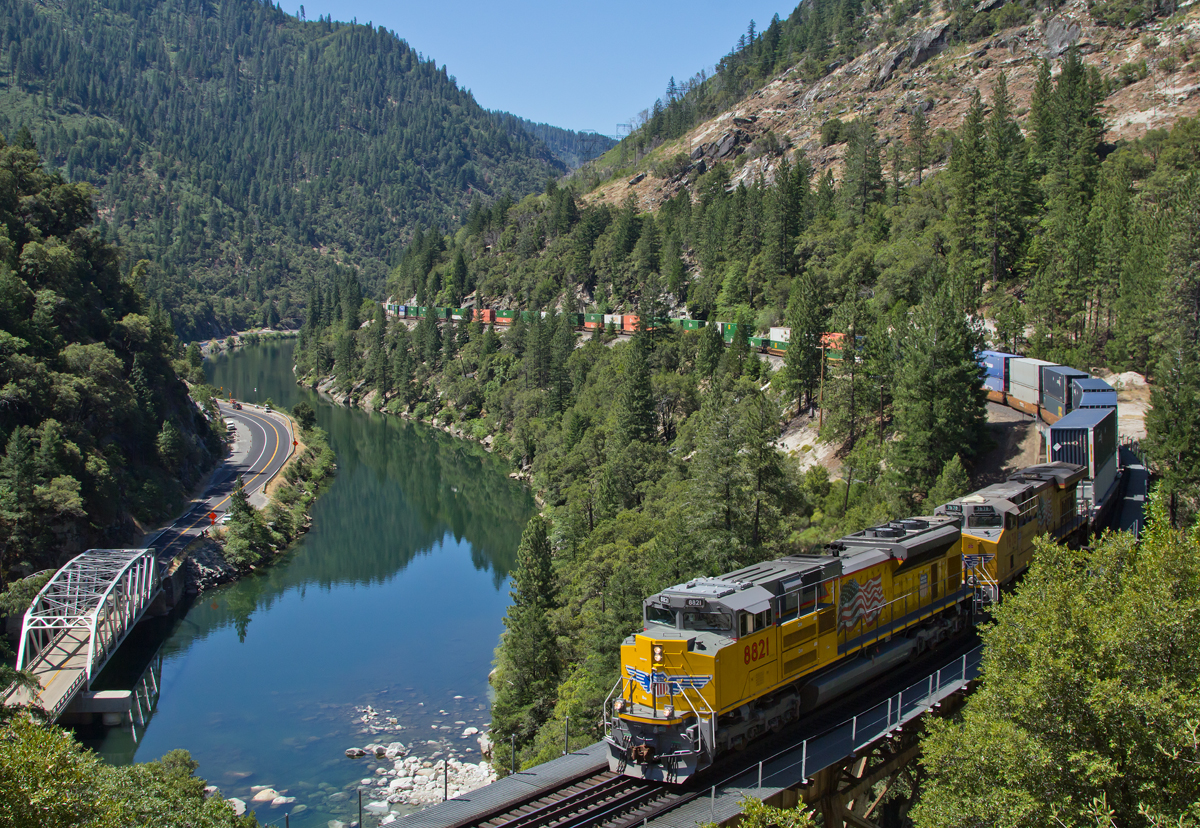
BOSTON –— The economic benefits of linking Boston’s North and South stations would far outweigh the costs of the project and would be a better use of taxpayer dollars than simply expanding South Station as a stopgap to relieve congestion, according to a study released on Monday.
U.S. Rep. Seth Moulton, D-Mass., requested the study that compares a $4 billion plan to expand South Station with the projected $8 billion price tag of the North-South rail link.

“Since both projects solve the same problem, we asked for the first study simply comparing the two. The results are startling,” Moulton said in a statement. “While both relieve congestion at South Station, that’s where the similarities end. Expanding South Station would be obsolete in 25 years and do almost nothing to relieve road congestion. In contrast, The Link would last 100 years and return $31 billion in benefits by revolutionizing transportation across the Commonwealth and getting 86 million people out of their cars and into trains that are easier and faster.”
The Rail Link plan calls for building a 130-foot-deep, 2.9-mile tunnel between the stations and would include an extension to Back Bay Station and connections with MBTA commuter train routes as well as Amtrak’s Northeast Corridor.
Currently MBTA commuter rail service is disjointed into separate corridors: Those radiating north and west out of North Station, and those radiating south and west from South Station. The same issue requires Amtrak Downeaster passengers to trek from North Station to South Station if they want to continue their trips by rail to destinations such as New York City and Washington, D.C.

The Rail Link project would enable faster and more frequent commuter rail service that would blanket the Boston area, permit Amtrak to run seamlessly from Maine to New York and beyond, and boost the proposed East-West Amtrak service linking Boston with Western Massachusetts. It also would enable transfers to every Boston subway line.
Expanding South Station would bring net benefits of $3 billion, while the Rail Link plan would create $23 billion in net benefits, the study concluded. Among them: Expanded commuter service would enable the addition of 220,000 housing units outside the core of Boston, which has been plagued by high real estate prices and unaffordable rents.
Moulton says the Rail Link is the single most important transportation project in Massachusetts. Linking the stations in Boston has been talked about in one form or another for more than a century. And Moulton points out that construction on a link was postponed due to the outbreak of World War I.
“Until we build the Rail Link, we won’t just be stuck in traffic, we’ll be stuck in the past,” he said. “The question is no longer ‘Can we afford to build the link?’ but ‘Can we afford not to?’”
The study, available online, was undertaken by the Harvard Kennedy School.














Why were the North and South stations not connected when origianlly built?
If I remember correctly, when the Big Dig was built it was built in such a way that a rail line could be built underneath it so the construction should be greatly simplified compared to a totally new project.
I remember that as well. As I recall, the plan was scrapped when costs for the Big Dig skyrocketed and it was realized that the grades required at each end were impractical. I would love to see the design for this link and how it differs from the Big Dig design. Or is this another politically driven study with no basis in design or reality?
I wonder if there is a way to use the Grand Junction connection for a few NEC trains to stop at South Station and then reverse out to Back Bay and then North Station. Obviously some track work would be needed but no where near the cost of the tunnel proposal. It would also allow one seat rides up to Maine. It may only add 10 miles to the trip.
I’m not from the Boston area but visit. If memory serves me, original Bid Dig design WOULD have connected both stations. Initial project estimate was about $2.6 billion. Then cost spiraled upward and the rail connection got dropped. Again cost kept going up, and up, and up. project was completed and it cost between $14.8 and $15 billion. Within months of opening pieces started falling off, more money.
Using the Big Dig model, if they choose option 1 at $4 billion it probably come in over $20 billion. If they choose option 2, it probably come in at about $40 billion. That’s the new American way, start a project at a low cost and keep throwing money at it.
This is a no-brainer. It’s LONG overdue. Just needs a person with the balls to push and make it happen. Go for it Seth. Don’t listen to the old guard nay-sayers. It’s time to go big or go home boomers.
No Brainer? How do you say it’s a no-brainer. I grew up on the New Haven Railroad side. Other people lived on the far-off B+M Corporation side. Somehow we all managed to get through life. We took the train to South Station. They went to North Station. We spoke in a south suburban – Rhode Island accent. They spoke in their incomprehensible north-side accent somewhat resembling English. The world didn’t end.
Let me know the cost of what you call a no-brainer, and how many new riders it would attract.
By cost I mean the REAL cost, not the BS lowball that came out of Seth Moulton’s mouth. Also how many decades (centuries) it would take.
This country has no idea, no clue, how to pay for Social Security, government pensions, Medicare. How the hell can we afford a hundred-billion-dollar tunnel so that a handful of more people can ride the train?
Philadelphia built just such a tunnel in the late 1970’s. That was before you had to hire 300 consultants and file 1500 reports. It works well.
Reading Terminal headhouse and trainshed were preserved with a new underground 4-track station handling the trains.
I knew just enough about Philly to know there’s no comaprison of the complexity between that tunnel and the tunnel proposed in Boston.
Why is it I get another “CHSR” feeling about this? Billions spent for very little if anything?
Maybe since I’m in California, and I’ve heard all the ridiculously bloated costs/benefits analyses about CHSR, that I’m just cynical about things like this….
Well justified cynicism!
Too bad such cost-benefit analysis was not seriously on the table during the “Big Dig” which at that time (1991-2006) connecting the two depots made sense when the tunnels were built to replace the elevated Central Artery. Of course, as perception is every thing, at that time, few thought of Amtrak as a bright, shining light (before the “Downeaster,” full NEC electrification, etc).
I see your point. The time to do it was with the Big Dig. Which had its own problems. Even back then, 1991, you’d have to ask the benefit of the cost of adding billions of dollars to the Big Dig for the rail tunnel. And even back then it would have meant billions of dollars at each end for new underground rail stations, North and South.
As it stands now Cong. Moulton’s proposal would be like taking the combined cost of the Big Dig, and the Second Avene Subway, and multiplying that total by ten.
The Big Dig was hard enough but at least it had something resembling staging areas along its route. This rail connection would need to be tunneled from each end, like on of the rail tunnels under the Alps. You’d need to take a map of Boston (and Somerville) and tell me where the the contractor would work from at each end. It’s not just the tunnels, the enormous stations would be underground like the Second Avenue Subway.
Before today, I thought Cong. Moulton had some tiny but measurable bit of common sense, unlike other Bay State politicians. No longer.
This is like New York’s Second Avenue subway, on steroids. We want the project but we run out of the tens of billions of dollars before it gets anywhere.
Aside from Seth Moulton’s cost estimate probably being way low, I’d have to ask, where exactly do his “benefits” estimate come from? How exactly does one come up with quantifying the “benefits” of a transit investment? The first thing I learned in my professional career was that cost-benefit analysis is the lowest end of economics, a few ticks below pure witchcraft.
I DO AGREE with Moulton’s analysis is that transit can benefit suburbia, increasing the population of suburbia (presumably with multiple housing). I’m a suburbanite myself, and I often see the development of housing at METRA stops outside Chicago. That’s good. I with Moulton on that. But that will have to occur without his tunnel, which can’t be built. His constituents will need to continue to commute to North Station. Congressman Bill Keating’s constituents will need to continue to commute to South Station. That’s just the way it is, not the way we want it to be.
Now let’s look at the engineering. We’ve got to go DEEP, so as to tunnel under I-93 (the “Big Dig”), I-90 (Mass Pike), the various subways, the Charles River, building foundation piles, and so forth. So what do the three train stations (Back Bay, South Station, North Station) look like if some of the platforms are 100 to 130 feet lower than the existing platforms? That much lower than the city that we’re trying to get access to. Oh and BTW, since we all read TRAINS MAGAZINE, we all recall that South Station is now being turned into a series of mega-skyscrapers with no thought given to these future tunnels.
I agree that it would have been great if the three stations had been linked when first built way back in history. Sorry, Seth Moulton, that ship has sailed.
So if they start building it another world war will break out? Is that why this hasn’t happened yet? Bad transit karma?